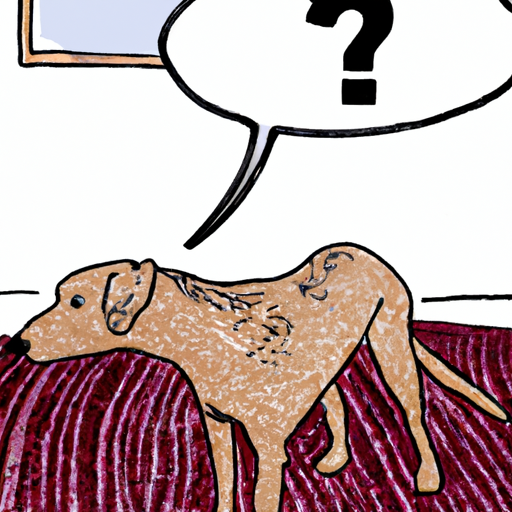In your life as a caregiver, you’ve probably witnessed this peculiar behavior from your four-legged friend. We’re here to shed some light on this quirky canine conduct.
1. Understanding the Behavior
If you’ve ever seen your dog scooting its butt across the carpet, you might’ve found it amusing or even slightly embarrassing. But, this action, known as scooting, is more than just a silly doggy dance. It’s often a sign your pup is trying to alleviate discomfort around their rear end. They don’t have the hands to scratch, so they use the next available resource – your carpet.
2. Potential Causes of Scooting
There are several reasons why your pet may resort to scooting:
-
Anal Gland Issues: Dogs have two small anal glands that secrete a smelly substance whenever they defecate. Sometimes, these glands can become impacted or infected, causing discomfort.
-
Parasitic Infections: If your dog has worms or other parasites, they might drag their rear on the carpet to alleviate the itch.
-
Allergies or Dermatitis: Skin inflammation or allergies can also cause itching around the tail area.
-
Foreign Material: Sometimes, bits of fecal matter or other foreign materials can get stuck in your dog’s fur, leading to scooting.
3. How to Address the Issue
If you notice your dog scooting, here’s what you can do:
- Check your dog’s rear end for any visible issues like redness, swelling, or foreign material.
- Take your dog to the vet. They can examine your pup and determine the cause of the scooting.
- Follow the vet’s treatment plan, which may include medication, diet changes, or surgical intervention.
4. Preventing Future Scooting
Prevention is always better than cure. Here are some steps to minimize future scooting:
- Regular vet check-ups to catch potential issues early.
- Keep up with your dog’s hygiene. Regular baths and grooming can help avoid skin issues and foreign material.
- Regular de-worming as recommended by your vet.
- A balanced diet to maintain health and avoid digestive issues.
5. Table: Scooting Causes and Solutions
| Causes | Solutions |
|---|---|
| Anal Gland Issues | Vet check and possible expression |
| Parasitic Infections | Regular de-worming |
| Allergies or Dermatitis | Vet check, possible medication or diet change |
| Foreign Material | Regular grooming and hygiene |
FAQ
Q: How often should I de-worm my dog?
A: It depends on your dog’s lifestyle and your vet’s recommendation. Generally, every 3-6 months.
Q: My dog’s scooting but doesn’t seem in pain. Should I still go to the vet?
A: Yes, scooting is usually a sign of discomfort. It’s better to have your vet check it out.
Q: Can I express my dog’s anal glands at home?
A: It’s possible, but it’s best to have a professional (like a vet or groomer) do it to avoid causing harm.
Q: How can I tell if my dog has parasites?
A: Some signs include weight loss, diarrhea, or visible worms in their feces. If you suspect parasites, visit your vet.



